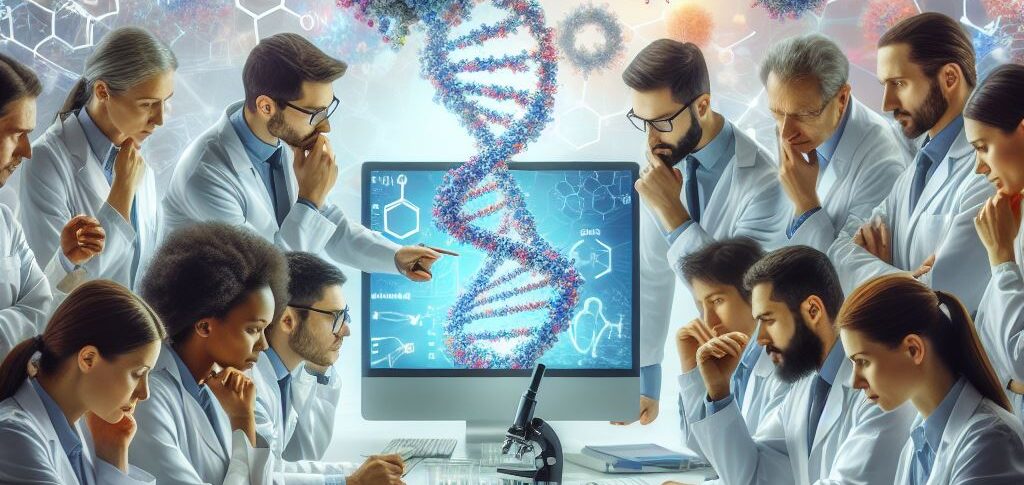Target: Acinetobacter baumannii
O SyntheMol was specifically designed to combat Acinetobacter baumannii (A. baumannii), a bacterium considered by the World Health Organization (WHO) to be one of the most dangerous in the world due to its resistance to antibiotics. A. baumannii can cause serious infections, such as pneumonia and meningitis, as well as infecting wounds, and its resistance to traditional medicines makes treatment extremely challenging.
ADVERTISING
The urgency of new antibiotics
“Antibiotics are unique medicines”, explains Jonathan Stokes, lead author of the study. “The moment we start using them clinically, we start a timer until they become ineffective as bacteria quickly evolve to resist them.”
“We need a robust pipeline of new antibiotics that can be discovered quickly and cheaply. This is where artificial intelligence plays a crucial role”, highlights Stokes.
How SyntheMol works
The artificial intelligence The team's team was trained on a database of 132 molecular fragments that, according to researchers, fit together like Lego bricks to create millions of potential combinations. These combinations are then processed by another AI model that predicts the toxicity of the molecules.
ADVERTISING
To date, the platform has identified six molecules with “potent” antibacterial activity against A. baumannii.
Significant advance
“SyntheMol not only designs new molecules with promising potential as medicines, but also generates the recipe for how to make each new molecule,” says James Zou, co-author of the study. “Generating these recipes is a new approach and a game changer, as chemists have traditionally not known how to synthesize AI-designed molecules.”
The future of the fight against bacterial resistance
The development of SyntheMol represents an important step in the search for new antibiotics to combat bacterial resistance. The ability to quickly generate molecules with therapeutic potential and provide instructions for their synthesis paves the way for developing new medicines more efficiently and economically.
ADVERTISING
Read also
* The text of this article was partially generated by artificial intelligence tools, state-of-the-art language models that assist in the preparation, review, translation and summarization of texts. Text entries were created by the Curto News and responses from AI tools were used to improve the final content.
It is important to highlight that AI tools are just tools, and the final responsibility for the published content lies with the Curto News. By using these tools responsibly and ethically, our objective is to expand communication possibilities and democratize access to quality information. 🤖
Looking for an Artificial Intelligence tool to make your life easier? In this guide, you browse a catalog of AI-powered robots and learn about their functionalities. Check out the evaluation that our team of journalists gave them!





